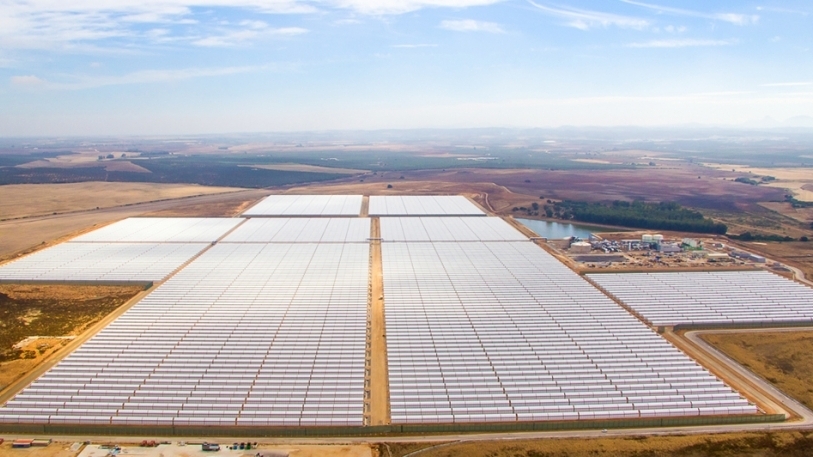
Fidelity: Biodiversity ‘investment megatrend of a lifetime’
The asset manager has called for capital to be shifted towards reversing damage to nature caused by last half century of human activity.
Investing to prevent biodiversity loss is the “largest investment megatrend of our lifetime”, according to Velislava Dimitrova, a co-portfolio manager for global funds at Fidelity International.
Dimitrova quoted figures published by UN Environment Programme, estimating that the world will require around $8.8 trillion of cumulative investments in nature between now and 2050 to ensure biodiversity risk is manageable.
Speaking at a Fidelity panel on ‘Nature Positive: the new Net Zero’, Dimitrova also identified specific investment opportunities in biodiversity, including precision agriculture to prevent food waste and green hydrogen in energy, while calling for policy changes to protect natural capital such as increasing taxation on virgin plastics.
“Investing in biodiversity is an emerging theme and although there is currently only a limited range of thematic funds on the market, this is starting to change”, she said.
Also during the discussion, Jenn-Hui Tan, global head of sustainable investing at Fidelity, shared dispiriting data on the sheer scale of biodiversity loss in the past fifty years. In this time, Latin America lost 94% of its vertebrate population, and tropical rainforest cover declined at a rate of ten football pitches a minute in 2021.
“Nature positive means halting and reversing nature loss by 2030, and aiming for a full recovery by 2050. As with net zero, this is a system level goal that all of society needs to participate in. Business here needs to play a role as part of that broader system”, he said.
Tan also made reference to the Taskforce on Nature-related Financial Disclosures (TNFD), claiming that it is positioned to become the market standard for biodiversity risk management and reporting framework. With this in mind, companies and financial institutions need to anticipate these changes to “future proof” their businesses and ensure they can manage the rising compliance costs.
Investing in biodiversity is an emerging theme.
Biodiversity frameworks
Fidelity International, which has assets under management of $663 billion, has also been crafting frameworks to respond to sustainability issues, a project overseen by lead designer Gabriel Wilson-Otto.
Of the process, Wilson-Otto said: “In 2022, Fidelity evolved from looking at commitments and policies to starting to look at its own more comprehensive frameworks and development as to how it can address biodiversity issues across our portfolio.
“The key development here was really the deforestation framework. Deforestation is a critical contributor to biodiversity loss, and a critical part of the solution to climate change can be contributed through preserving the forests and also to have reforestation.”
Dimitrova also shared data showing that deforestation actually contributed to around 88% of biodiversity loss from land use change from 2010 to 2018.
On the topic of company engagement regards biodiversity loss, Tan said: “Divestment always has to be on the cards but is not the desired outcome of our engagement. In fact, it's quite the opposite, it's admitting failure of our engagement.
“Where we're starting out is helping companies to recognise that their businesses are either materially dependent on or significantly impacted by biodiversity loss, and that it will create for them financial risks, either in terms of the resilience and the dependability of their supply chains, or in terms of reputational risk.”
In Fidelity’s annual Sustainable Investing Report 2023, data showed the firm voted at 4,090 company meetings including against management 44% of the time, and engaged with 1,548 companies worldwide.
The ‘Nature Positive’ report also launched Fidelity’s thermal coal thematic engagement programme designed to accelerate the phase out of thermal coal by 2030 in OECD markets and 2040 globally in line with the IEA net zero by 2050 scenario.
Speaking to Net Zero Investor in March this year, Tan expressed his belief that despite continued economic turbulence, companies are broadly sticking with their sustainability ambitions.



